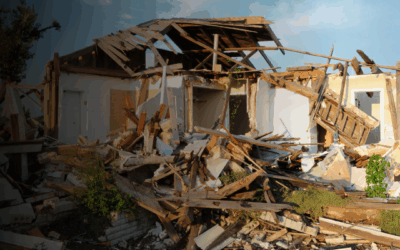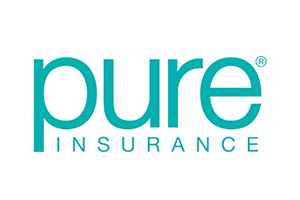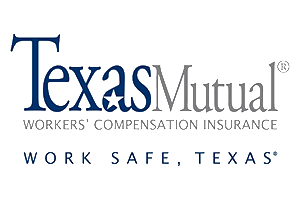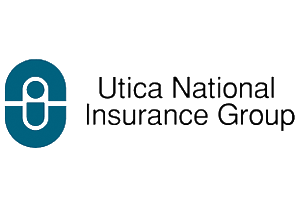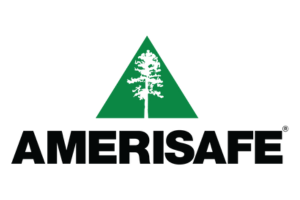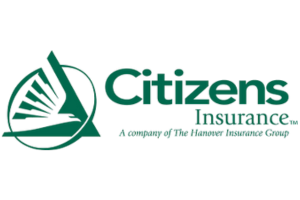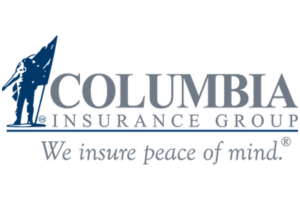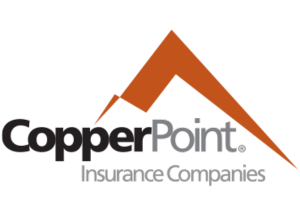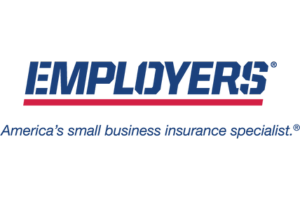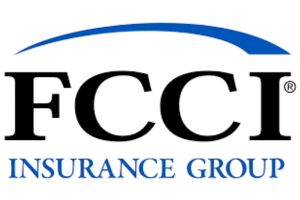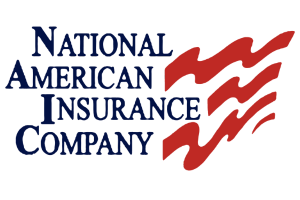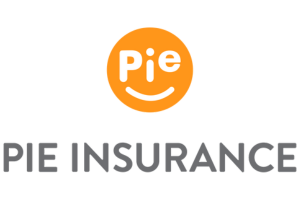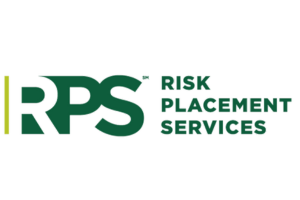Beat the Heat by Putting Prevention First

Heat Safety – How to Avoid Heat-Related Illness and Death
In true Texas fashion, we have transitioned overnight from mild spring days and cool nights to heat indexes pushing into the triple digits. While many of us look forward to summer being here with its shorts, beaches, picnics, water parks, etc., there are many that dread summer. Imagine you had to install a roof, work in road construction, or do commercial landscaping during a Texas summer. Can you blame the people who have to for hating the summer heat?
Every year, dozens of workers die and thousands more become ill while working in extreme heat or humid conditions. The wide range of heat indexes can affect anyone, regardless of age or physical condition. Let’s take a closer look at factors that can cause heat illness, the various levels of heat illness, some prevention methods, and, finally, first aid techniques for people who have succumbed to heat illness.
When the temperature rises, your sweat glands (some 2 to 4 million of them) spring into action, making perspiration. Sweating is your body’s natural way of keeping you cool. Some sweat evaporates from your skin, taking heat with it. The rest runs down your face and body. You feel hotter when it’s humid because the wetter air leaves less room for the sweat to evaporate off your body.
Heat illness can range from something as simple as a heat rash to heat stroke, a life-threatening condition. Let’s look at three main types, a general description, and their symptoms.
Three Main Types of Heat Illness
Heat Cramps
Description – Heat cramps are painful, involuntary muscle spasms that usually occur during heavy exercise in hot environments. The spasms may be more intense and more prolonged than are typical nighttime leg cramps. Fluid and electrolyte loss often contribute to heat cramps.
Symptoms – Muscle cramps, pain, or spasms in the abdomen, arms, or legs
Heat Exhaustion
Description – Heat exhaustion happens when your body overheats and can’t cool itself down. It usually results from physical activity in hot weather. Untreated, heat exhaustion can lead to heatstroke.
Symptoms – Headache, nausea, dizziness, weakness, irritability, thirst, heavy sweating, elevated body temperature, decreased urine output

Heat Stroke
Description – Heat stroke is the most serious heat-related illness. It occurs when the body becomes unable to control its temperature: the body’s temperature rises rapidly, the sweating mechanism fails, and the body is unable to cool down. When heat stroke occurs, the body temperature can rise to 106° F or higher within 10 to 15 minutes. Heat stroke can cause death or permanent disability if emergency treatment is not given.
Symptoms – Confusion, altered mental status, slurred speech, loss of consciousness, hot/dry skin, or profuse sweating, seizures, extremely high body temperature

Employers Responsibility for Heat Related Illnesses
Most outdoor fatalities, 50% to 70%, occur in the first few days of working in warm or hot environments because the body needs to build a tolerance to the heat gradually over time. The process of building tolerance is called heat acclimatization. Lack of acclimatization represents a major risk factor for fatal outcomes. In addition, our bodies need to reacclimate every year. Just because you were born and raised in a certain hot/humid area of the country (i.e., Houston, TX) doesn’t mean you are immune from heat illness.
When it comes to the employer and their responsibility, OSHA (Occupational Safety and Health Administration) looks at it this way:
Under the General Duty Clause, Section 5(a)(1) of the Occupational Safety and Health Act of 1970, employers are required to provide their employees with a place of employment that “is free from recognized hazards that are causing or likely to cause death or serious harm to employees.” The courts have interpreted OSHA’s general duty clause to mean that an employer has a legal obligation to provide a workplace free of conditions or activities that either the employer or industry recognizes as hazardous and that cause, or are likely to cause, death or serious physical harm to employees when there is a feasible method to abate the hazard. This includes heat-related hazards that are likely to cause death or serious bodily harm.
NIOSH (National Institute for Occupational Safety and Health) has published criteria for a recommended standard for occupational heat stress. The NIOSH document includes recommendations for employers about how to prevent heat-related illnesses. The downloadable PDF can be found here.
Heat-related illnesses can be prevented. Prevention requires employers and workers to recognize heat hazards. Let’s dive into some prevention methods that can be used in the workplace as well as at home.
One of the easiest things to do is pay attention to current and future weather to avoid the hottest part of the day. The OSHA-NIOSH Heat Safety Tool is a great way to do that. The app allows workers and supervisors to calculate the heat index for their worksite, and, based on the heat index, displays a risk level to outdoor workers. Then, with a simple “click,” you can get reminders about the protective measures that should be taken at that risk level to protect workers from heat-related illness—reminders about drinking enough fluids, scheduling rest breaks, planning for and knowing what to do in an emergency, adjusting work operations, gradually building up the workload for new workers, training on heat illness signs and symptoms, and monitoring each other for signs and symptoms of heat-related illness.
Steps to Stay Safe in the Heat
The OSHA-NIOSH Heat Tool is available in English and Spanish for Android and iPhone devices. To access the Spanish version, set the phone language to Spanish. In addition to the app, the following are additional steps you can take to stay safe.
- Wear Appropriate Clothing: Choose lightweight, light colored, loose-fitting clothing.
- Stay Cool Indoors: Stay in an air-conditioned place as much as possible.
- Schedule Outdoor Activities Carefully: Try to limit your outdoor activity to when it’s coolest, like morning and evening hours. Rest often in shady areas so that your body has a chance to recover.
- Pace Yourself: Cut down on exercise during the heat. If you’re not accustomed to working or exercising in a hot environment, start slowly and pick up the pace gradually. If exertion in the heat makes your heart pound and leaves you gasping for breath, STOP all activity. Get into a cool area or into the shade, and rest, especially if you become lightheaded, confused, weak, or faint.

- Wear Sunscreen: Sunburn affects your body’s ability to cool down and can make you dehydrated. If you must go outdoors, protect yourself from the sun by wearing a wide-brimmed hat, sunglasses, and by putting on sunscreen of SPF 15 or higher 30 minutes prior to going out. Continue to reapply it according to the package directions.
- Tip:Look for sunscreens that say “broad spectrum” or “UVA/UVB protection” on their labels—these products work best.
- Do Not Leave Children in Cars:Cars can quickly heat up to dangerous temperatures, even with a window cracked open. While anyone left in a parked car is at risk, children are especially at risk of getting a heat stroke or dying. When traveling with children, remember to do the following:
- Never leave infants, children, or pets in a parked car, even if the windows are cracked open.
- To remind yourself that a child is in the car, keep a stuffed animal in the car seat. When the child is buckled in, place the stuffed animal in the front with the driver.
- When leaving your car, check to be sure everyone is out of the car. Do not overlook any children who have fallen asleep in the car.
- Avoid Hot and Heavy Meals: They add heat to your body!
- Drink Plenty of Fluids: Drink more fluids, regardless of how active you are. Don’t wait until you’re thirsty to drink.
- Warning: If your doctor limits the amount you drink or has you on water pills, ask how much you should drink while the weather is hot.
- Stay away from very sugary or alcoholic drinks: These actually cause you to lose more body fluid. Also avoid very cold drinks because they can cause stomach cramps.
- Replace Salt and Minerals: Heavy sweating removes salt and minerals from the body that need to be replaced. A sports drink can replace the salt and minerals you lose in sweat.
- If you are on a low-salt diet, have diabetes, high blood pressure, or other chronic conditions, talk with your doctor before drinking a sports beverage or taking salt tablets.
- Keep Your Pets Hydrated: Provide plenty of fresh water for your pets and leave the water in a shaded area.
- Check for Updates: Check your local news for extreme heat alerts and safety tips and to learn about any cooling shelters in your area.
- Know the Signs: Learn the signs and symptoms of heat-related illnesses and how to treat them.
- Use a Buddy System: When working in the heat, monitor the condition of your co-workers and have someone do the same for you. Heat-induced illness can cause a person to become confused or lose consciousness. If you are 65 years of age or older, have a friend or relative call to check on you twice a day during a heat wave. If you know someone in this age group, check on them at least twice a day.
- Monitor Those at High Risk: Although anyone at any time can suffer from heat-related illness, some people are at greater risk than others:
- Infants and young children
- People 65 years of age or older
- People who are overweight
- People who overexert during work or exercise
- People who are physically ill, especially with heart disease or high blood pressure, or who take certain medications, such as for depression, insomnia, or poor circulation
Visit adults at risk at least twice a day and closely watch them for signs of heat exhaustion or heat stroke. Infants and young children, of course, need much more frequent watching.

How to Administer First Aid for a Heat Illness
Now that we understand heat illness a little better and some ways we can be proactive to prevent it, let’s look at first aid measures for active heat illness.
Your co-worker was asleep in last week’s safety meeting that discussed heat illness prevention and now is showing signs and symptoms of heat illness. Your early recognition and definitive, immediate care is essential to him not progressing to the dangerous level of heat stroke. Here is what to do:
- Remove the person from the hot environment into a shaded or air-conditioned space.
- Remove excess clothing (i.e., hard hat, boots, socks, outer shirt). Roll up pant legs and long sleeves.
- Cool the person immediately. Use active cooling techniques such as placing cold wet towels or compresses on the head, neck, trunk, armpits, and groin.
- Use fans or other items such as a piece of cardboard to circulate air around the worker.
- Give the person sips of water and/or an electrolyte drink as long as they are conscious.
- Monitor the person carefully and never leave them alone.
- If signs and symptoms worsen or if the person doesn’t improve after taking first aid measures, call 911 or your local emergency number.
Call Tower Street Insurance to learn more about workers’ compensation and loss control in the workplace today! Our agents and loss control department want to help you prevent these losses before they happen.
Tower Street Insurance can Help You With All of Your Loss Control Needs
When was the last time you had your insurance & loss control truly evaluated to assure there are no gaps? Our agents here at Tower Street Insurance can assess your current coverage for all of your loss control, personal insurance, and business insurance needs.
We would love to set up a meeting to go over your coverage with you and provide you with a coverage gap analysis completely free of charge! Reach out to us today to schedule a meeting and get a quote today.

YOU MAY ALSO LIKE…
Is Your Landscaping Business Covered for the Summer?
A Strategic Guide to the Insurance, Risk Gaps,...
Texas Peak Tornado Month
What You Need to Know & How You Can Cover Your...
Preventing Falls in Construction
PREVENTING FALLS IN CONSTRUCTIONWhen it comes to...
Tower Street Insurance By The Numbers
Carriers
Collective Years of Experience
Written Policies
%
Retention Rate


Contact Info
5001 Spring Valley Rd., Ste. 500W
Dallas, TX 75244
Mailing Address:
P. O. Box 803506
Dallas, TX 75380
admin@towerstreetinsurance.com
469-788-8888
Service Areas

